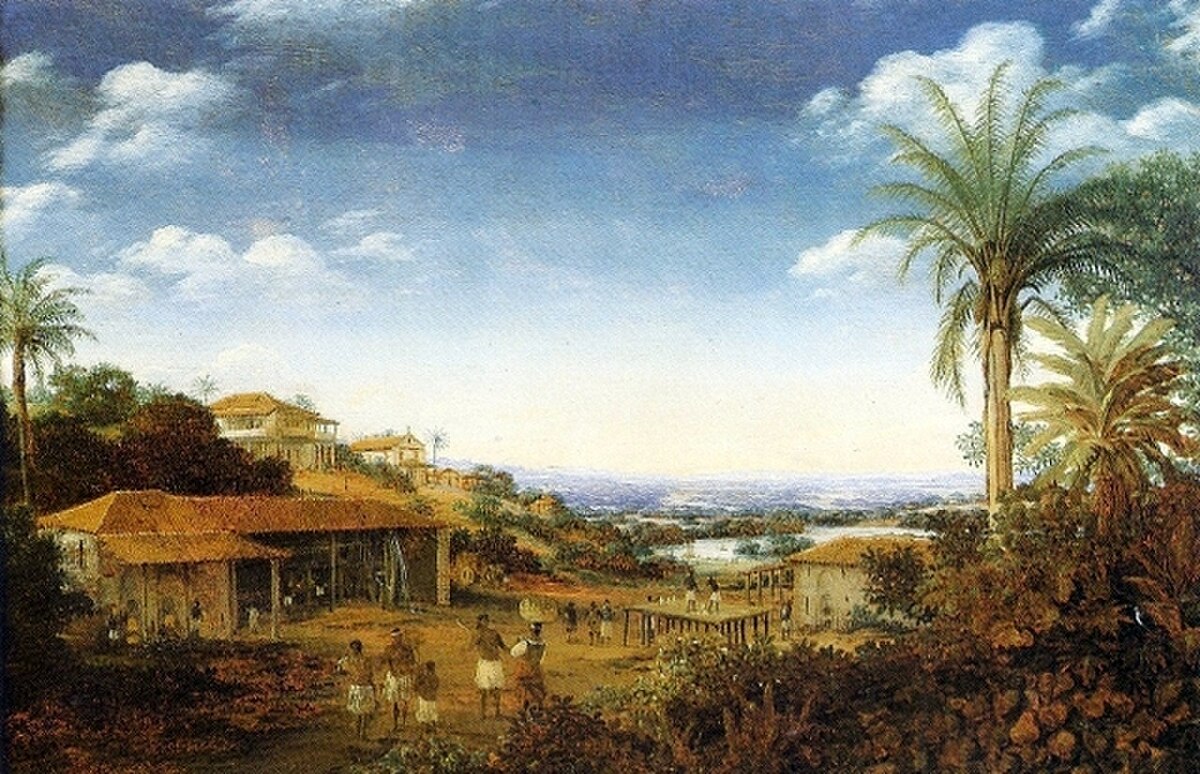
Slavery in Brazil
BrazilSlavery in Brazil began long before the first Portuguese settlement was established in 1516, with members of one tribe enslaving captured members of another. Later, colonists were heavily dependent on indigenous labor during the initial phases of settlement to maintain the subsistence economy, and natives were often captured by expeditions of bandeirantes. The importation of African slaves began midway through the 16th century, but the enslavement of indigenous peoples continued well into the 17th and 18th centuries.
During the Atlantic slave trade era, Brazil imported more enslaved Africans than any other country in the world. An estimated 4.9 million enslaved people from Africa were imported to Brazil during the period of 1501 to 1866. Until the early 1850s, most enslaved African people who arrived on Brazilian shores were forced to embark at West Central African ports, especially in Luanda (present-day Angola).
The Atlantic Slave Trade was divided into four phases: The Cycle of Guinea (16th century); the Cycle of Angola (17th century) which trafficked people from Bakongo, Mbundu, Benguela and Ovambo; Cycle of Costa da Mina, now renamed Cycle of Benin and Dahomey (18th century - 1815), which trafficked people from Yoruba, Ewe, Minas, Hausa, Nupe and Borno; and the Illegal trafficking period, which was suppressed by the United Kingdom (1815-1851).
